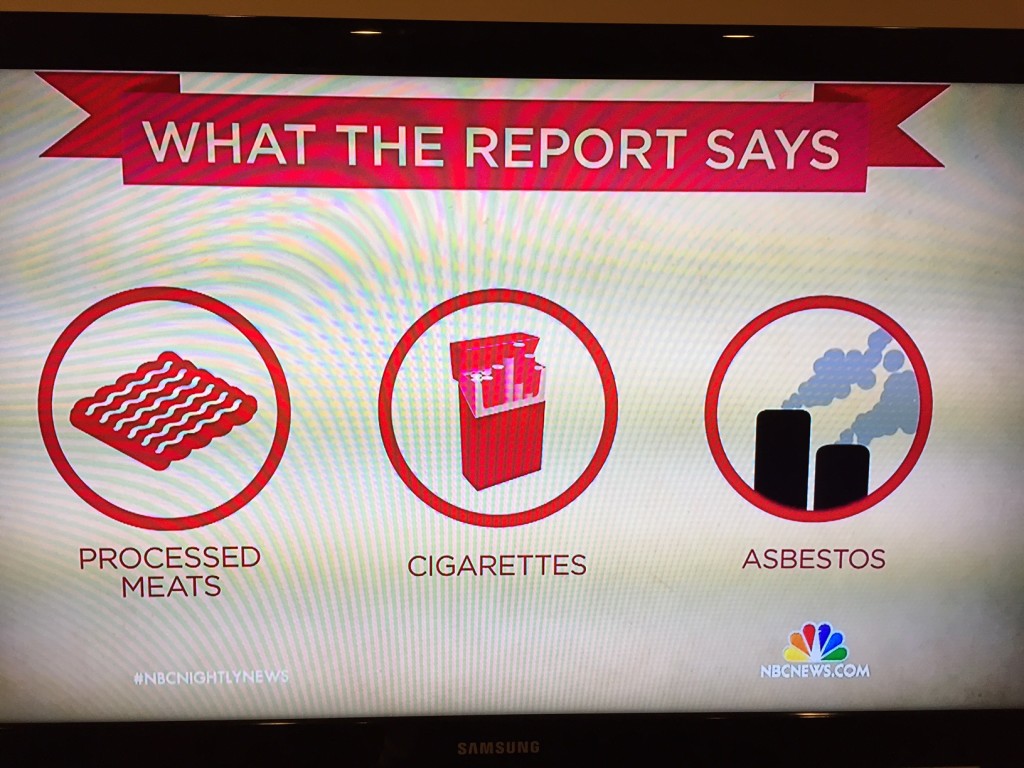I just finished reading Randall Munroe’s book “What If?” It is a fantastic book. The book is mainly (completely?) a collection of posts from his website xkcd.com, which is a great comic strip. The book is funny and rather educational as it contains scientific answers to absurd questions.
However I have bone to pick with Mr. Munroe, or perhaps I would simply like him to explain just what the heck he is talking about in the chapter and post “Expanding Earth.” The question regards weight gain people would notice if the Earth started to expand. He explains how gravity would increase, so your weight would increase. No arguments from me. I agree. However the part where he completely loses me is that not only does he not distinguish between mass and weight, but he refers to a person gaining mass, not gaining weight, and using units of kilograms. I don’t know what this means. To quote one part of the post, “After five years, gravity would be 25% stronger. If you weighed 70 kg when the expansion started, you’d weigh 88 kg now.” No, Mr. Munroe, I hate to contradict you, but you most certainly would not. You could certainly gain mass, in which case you would weigh more. The increased gravity would cause you to weigh more independent of if you had or had not gained mass. However the simple increase in gravity would not cause you to gain mass, but it would cause you to gain weight.
I blogged before about my annoyance with people who use kilograms and refer to it representing body weight. Kilograms is a unit of mass, not force. A weight is a specific type of force due to the acceleration of gravity being applied to a mass. If you are comparing or discussing some mass on Earth, then you can refer to them in kilograms and ignore the weight because gravity is constant. [Gravity is not in fact constant across the planet. It varies a little due a couple of factors, mainly latitude and altitude, but I am trying not to get too technical.] For example, you could say the average American has a body mass of 80 kg, but person X has a body mass of 65 kg. People will commonly say the average American has a body weight of 80 kg. They are wrong, but at least all of this is being said with a constant gravity.
In the “Expanding Earth” post, he continues to use the units of kilograms, even though he is clearly referring to weight increasing due to the acceleration of gravity increasing. If he had used Newtons for units of weight, the post would make sense. Quite frankly, in the post I don’t know why he didn’t discuss this to begin with. However, I can’t understand what 88 kg means in the situation he describes. Is he increasing the force of gravity to the weight but then removing the standard gravity to relate it back to a mass? Why would you do that? Is he using a ratio of acceleration due to gravity to apply to the mass instead of properly applying it to the weight? How is this less confusing? I am confident he knows the difference between mass and weight. Did he really not think people would understand his answer if he used proper units? Does he actually mean that your mass would increase? Would the mass increase because you can’t move around due to the increased gravity?
I know I sound really nit picky, but what hope do the scientific literate have of getting people who don’t understand the difference to understand the difference, if a physicist doesn’t use proper units?



























